North of Hollingdean Road
Please note that this text is an extract from a reference work written in 1990. As a result, some of the content may not reflect recent research, changes and events.
e) SAUNDERS PARK: Saunders Park covers 4.2 acres to the north of Hollingdean Road, and was laid out in 1924 on the site of the Lewes Road waterworks which had latterly been used by the Parks Department as a nursery. Unemployed labour was used to construct the park, and it was formally opened by the mayor, Hugh Milner Black, on 17 September 1924. In the same year Arthur and Benjamin Saunders offered an area of their land behind the pumping station to the corporation for about £1,000 and the park is named after them; this land was in the occupation of, and subsequently sold to, the War Office for £2,000, the proceeds going towards the cost of the Preston Park cycling track stand. Several old flint walls of the waterworks remain, while the large, brick building was an electricity substation erected in 1924. {83,115,126}
f) PRESTON BARRACKS and the PAVILION CENTRE RETAIL PARK: In 1795, at a time when Europe was on the brink of war, a cavalry barracks was established alongside the Lewes Road in the parish of Preston . The site included a hospital, smithy and riding school, and a small community grew up on the opposite side of the road to service them. Now, nearly 200 years later, the barracks are largely redundant and the seventeen-acre site will provide land for about 200 houses in addition to the retail park known as the Pavilion Centre.
This latter site houses Halfords (opened 30 September 1989), Harveys/Lounge House (3 November 1989, Comet September 1990), and B & Q (19 October 1989) superstores. Five acres have been retained for Territorial Army use, and the new T.A. Somme Centre opened in October 1988. Some of the service houses were taken over by the council at Christmas 1987. Two early barracks blocks, formerly the married men’s quarters, survive at the southern end of the site. {17,107,109,123}
Any numerical cross-references in the text above refer to resources in the Sources and Bibliography section of the Encyclopaedia of Brighton by Tim Carder.
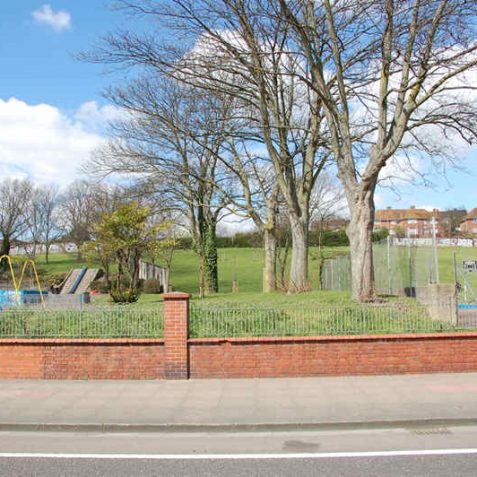

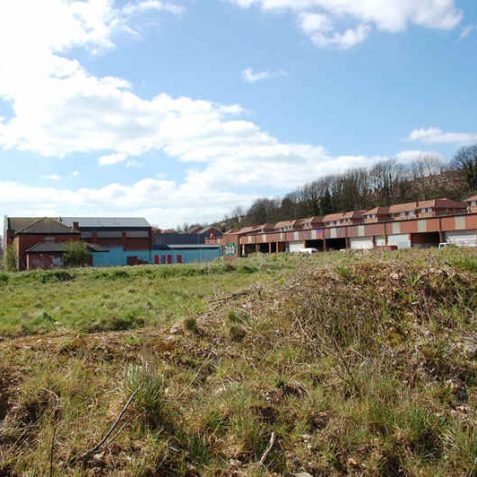
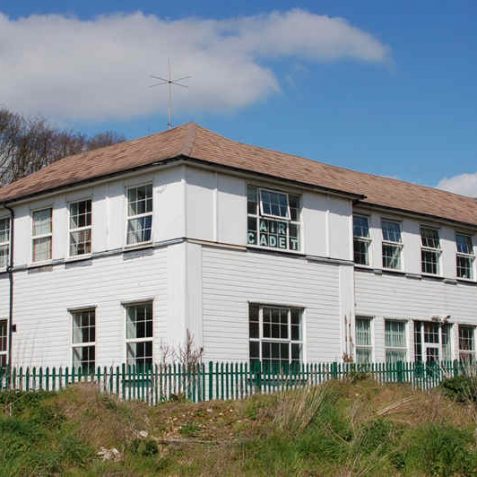


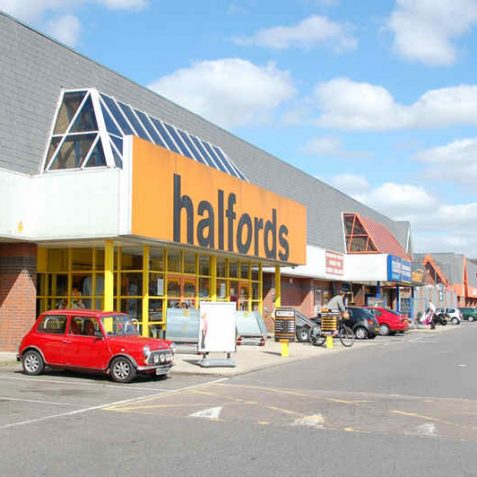
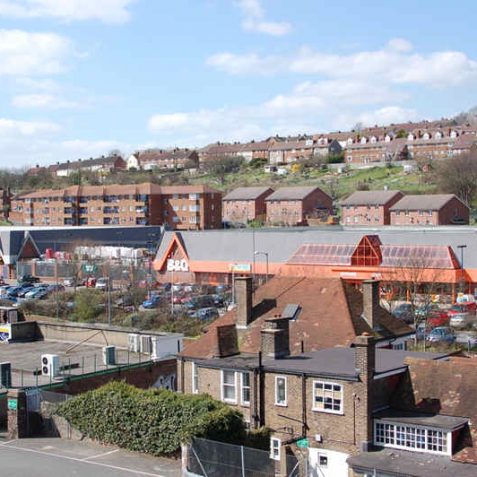




Comments about this page
As a little lad in the 1930s I used Saunders Park. It was devided into two sections with a wall between.
We had a witches hat roundabout that used to go upand down as well as round and round. A plank swing that several of us could use together. On the other side of the wall was a paddling pool. When it rained we had an indoor play area. After the 2nd World War the Council of the day pinched it and made it into a garage.
Great picture; who would have thought this building dates from 1793. It was initially a canteen, then a hospital/mortuary, a place for holding Court Martials (Lord Cardigan of Light Brigade fame presiding), then back to hospital again and so on. I first knew it as a Territorial Army Centre in the 1960s.
This may be a “regeneration site” to most people, but it’s a workplace for me. Since 2005, it has been the premises of Brighton and Hove Community Transport and a number of other local firms, including R&M Scaffolding.
I lived in Thompson Road, shown at the top of this picture, from 1960-1970. My parents owned the house until 1998. The back of the house overlooked the Barracks and Lewes Road.
Perhaps this building should be listed to protect our history. It would appear to be in fairly good condition and could be sensitively resurrected for varied use; let’s not destroy our history once again. Lewes road needs the character of these buildings, not as museums but as places to live, trade and have fun.
How can we even consider the demolition of such a beautiful building? It could become the heart of our community. The whole site is an opportunity for a caring and visionary development, and conservation would be not only ‘green’ but cost effective.
What a beautiful, historic building that could be put to use with a little restoration, Why knock it down. It would make lovely accommodation, with perhaps some shops, workshops, and even an indoor market nearby in the hall. We do not need any more huge expensive, wasteful developments when we can preserve and conserve what we already have. It could be a wonderful community focus with productive garden areas. The scope is enormous. Let’s keep it please.
My mum used to take me to Saunders Park in the late 1940s and early 1950s. I remember it fondly, the first section had swings and roundabouts, the second was an open space with a little bushy maze, everything was so clean and well organised. Really enjoyed playing there. In my later years (1960) I joined the Army Cadets, where we used the Barracks and the old married quarters. One of our favourite things was to build a high bridge from one block to another, using ropes and rifle slings, terrifying but great fun. When we used to march around the barracks in a band with our white gaiters on, the sound of the drums and our boots slamming down on the gravel would make you feel quite proud and important. The Barracks should have been saved, would have made a great military museum.
Add a comment about this page